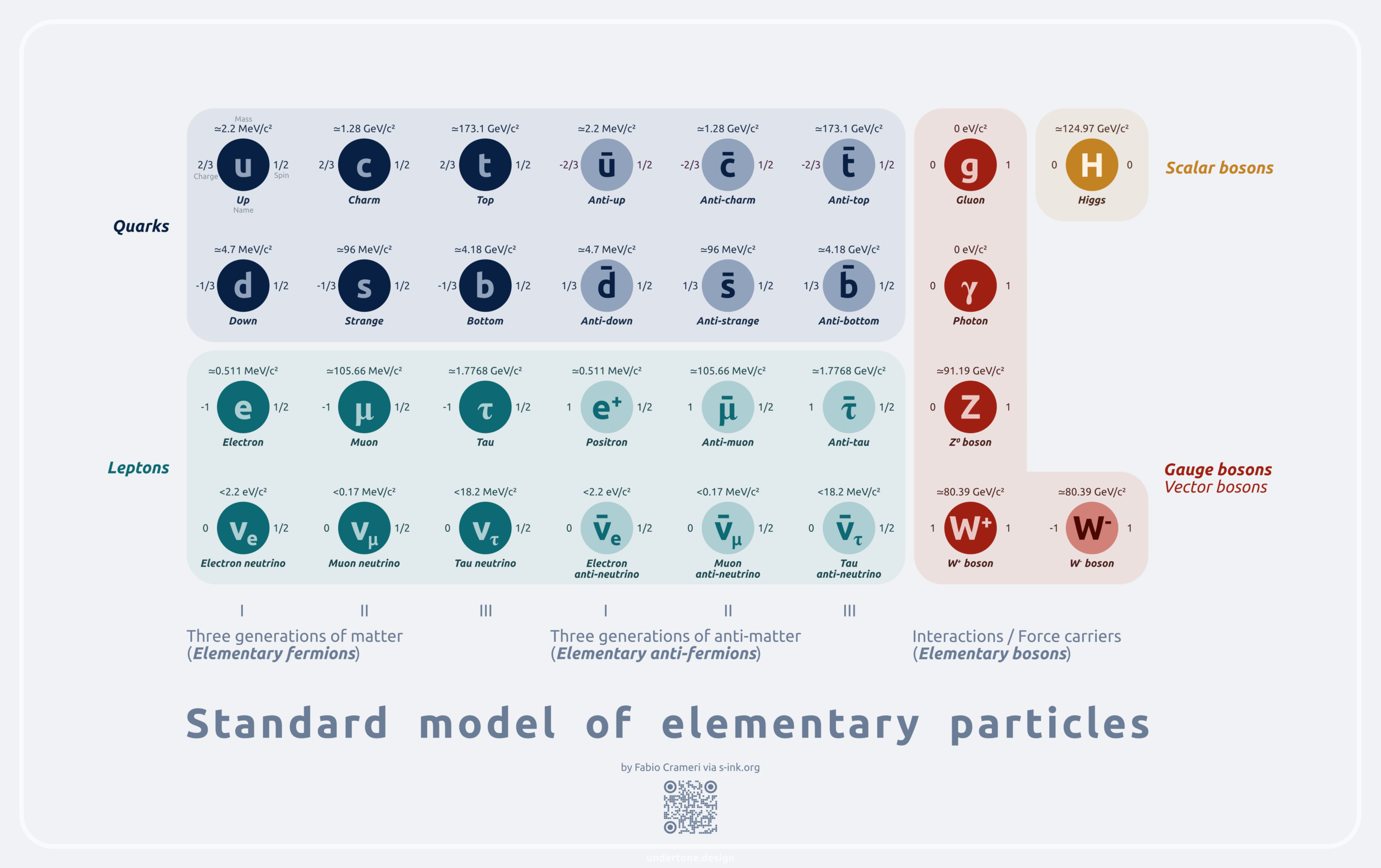Elementary particles constitute the fundamental building blocks of matter and energy in the universe, often regarded as the “letter of the cosmic alphabet” from which all physical entities are constructed. While various particles exist, the term “elementary” implies that these entities are not composed of smaller constituents; they are, in essence, indivisible. This essay delves into the intricate world of elementary particles, elucidating their defining characteristics and importance in the realm of particle physics.
The Standard Model of particle physics serves as the cornerstone framework for understanding elementary particles. This model postulates that all matter is formed from a limited assortment of elementary particles, which can be classified into two primary categories: fermions and bosons. Each category serves a distinct purpose in the universe. Fermions, which include quarks and leptons, govern the matter content of the cosmos, while bosons, such as photons and gluons, facilitate fundamental forces that govern interactions.
Fermions are the particles that encapsulate matter—these are the “atoms” of existence. Quarks, for instance, are the fundamental components of protons and neutrons, which subsequently inhabit the nucleus of an atom. Leptons, on the other hand, include the well-known electron and its more elusive cousins—the muon and the tau. These particles exhibit unique properties such as charge, mass, and spin. Their interactions with each other form the scaffolding of the material world. Picture each fermion as a note in an elaborate symphony, each contributing to the rich tapestry of the universe.
Bosons, conversely, are the mediators of forces. The photon, a massless boson, is the quantum of light and carries the electromagnetic force, while the gluon acts as the glue binding quarks together within protons and neutrons, epitomizing the strong nuclear force. The Higgs boson, infused with a significance that transcends its mass, endows other particles with mass through the Higgs mechanism. Thus, a boson’s role is akin to that of a conductor, orchestrating collaborations among fermions, enabling the grand performance of the universe.
Many may ponder why these particles are denoted as “elementary.” At their core, elementary particles are characterized by a lack of substructure; they do not break down into smaller components. This identity distinguishes them from composite particles, such as protons and neutrons, which consist of quarks held together by gluons. The term seeks to emphasize their foundational status in the glorious hierarchy of matter, rendering them indispensable in the quest to unravel the universe’s mysteries.
An intriguing metaphor can be drawn upon by comparing elementary particles to digital pixels that compose a grand tapestry of a visual work. Just as each pixel, with its unique hue, contributes to the overall image, each elementary particle serves a crucial role in constructing the fabric of reality—particles dancing through spacetime, interacting, colliding, and merging in an astounding ballet of fundamental forces and energy. The interplay among these entities forms the basis for all observable phenomena, resonating through the very essence of our universe.
The exploration of elementary particles has led to profound revelations and transformative technologies, significantly altering our comprehension of the physical world. The discovery of the Higgs boson at the Large Hadron Collider (LHC) epitomizes the quest to validate theoretical frameworks and unlock the enigma surrounding mass. The pursuit of knowledge in particle physics feeds into various domains, from the development of medical imaging techniques to advancements in particle accelerators and beyond.
Moreover, the study of elementary particles unveils the tantalizing questions underpinning the universe’s existence. Why is there more matter than antimatter? What is the nature of dark matter, which interacts gravitationally yet eludes detection through conventional means? What unifies the four fundamental forces? Such queries inspire contemporary research in theoretical physics, leading to compelling frameworks like supersymmetry and string theory, which endeavor to envelope our current understanding within a broader, unified paradigm.
Nevertheless, the complexities of elementary particles and their interactions compel physicists to remain vigilant. Remember that our understanding is ever-evolving. Each new discovery opens the door to more questions, igniting curiosity and inspiring rigorous theoretical endeavors. Encoding their attributes in mathematical descriptions, scientists navigate the abstract landscape of quantum fields, seeking to articulate a coherent narrative that transcends our concrete experiences and intuitions.
In conclusion, elementary particles are the quintessential constituents that underlie the grand architecture of our universe, ethereal yet tangible. These particles illuminate our understanding of matter and energy, imbuing life with profundity. Delving into their nature not only signifies a pursuit of knowledge but also reflects the quintessential human inquisitiveness driving us to explore the cosmos. As we probe the depths of particle physics, we evolve our cosmic symphony, continually composing intricate melodies that resonate across the fabric of existence. Ultimately, elementary particles serve as a reminder of both our place in the universe and the boundless inquiries that lie ahead.












